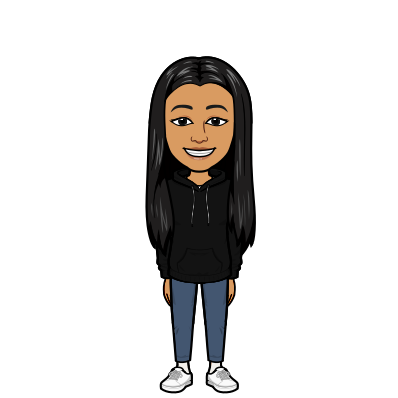Showing your face on Zoom #2: The laws around showing your face & “active participation” in class
During remote learning, the AV Introduction to Criminal Justice teacher Nakisha Harris gave an animated explanation of a topic while a student in her Zoom call had their camera off. Ms. Harris was extra enthusiastic in order to keep her student engaged.
October 16, 2020
During remote learning, the laws around keeping cameras on during class have been unclear to many students, and the issue of what counts as participation varies from class to class.
In order to ensure that students are participating in distance learning, California state law has established certain rules and expectations for cameras in class. Different districts implement these rules in distinct ways, but student privacy is always prioritized.
“We cannot record students having their faces shown because that is a violation of their privacy. However, we can require that they be on camera during class as a means for validating that it is in fact that student who is present in class,” said AV Introduction to Criminal Justice teacher Nakisha Harris.
Apart from showing one’s face during class, teachers are flexible about alternate forms of participation if a student feels uncomfortable keeping their camera on or is having internet issues.
“I think that any form of communication — verbal or typed — that leads to interaction between classmates or between me and students is good participation. However, I think that having cameras on when possible does facilitate better communication,” said AV World History and AP Human Geography teacher Haley Baldwin.
Showing one’s face during Zoom is also a form of staying accountable and focused on whatever is happening in the class. Students also tend to participate more when they are fully aware of what is being discussed.
“Having my camera on in class makes me pay attention to the lecture and not go on my phone. I also tend to participate more with my camera on,” said Mehul Gajula (‘21).
While teachers are understanding of the unique circumstances each student has, keeping one’s camera on when possible does have a positive impact on teachers and class participation.
“I like it when students have their cameras on because it makes each class feel more like a community and I think that it’s easier for students to stay engaged,” said Baldwin.
To continue reading this article series, click here for Part Three, and here to go back to Part One!





